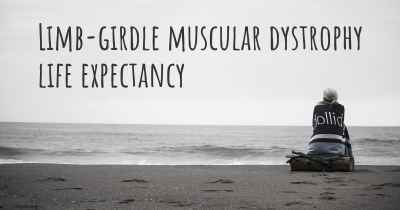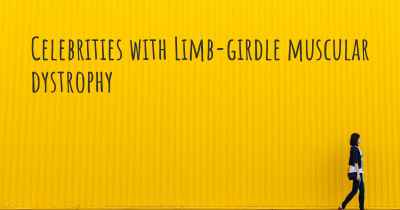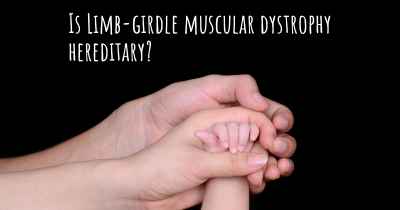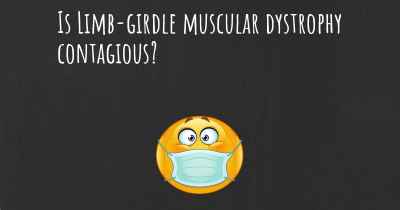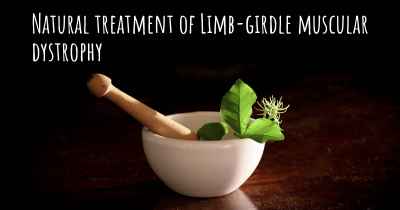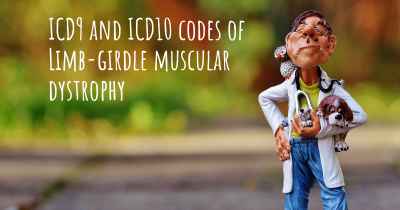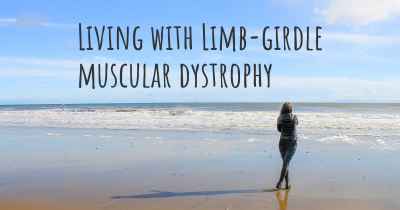Can people with Limb-girdle muscular dystrophy work? What kind of work can they perform?
See how people with experience in Limb-girdle muscular dystrophy give their opinion about whether people with Limb-girdle muscular dystrophy can work and what kind of jobs are more appropriated for people with Limb-girdle muscular dystrophy
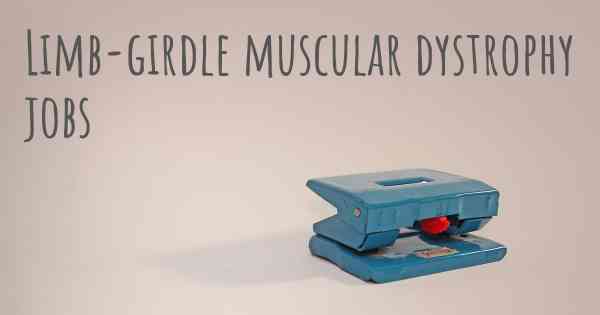
Can people with Limb-girdle muscular dystrophy work?
Limb-girdle muscular dystrophy (LGMD) is a group of genetic disorders that primarily affect the muscles around the hips and shoulders. It is characterized by progressive muscle weakness and atrophy, which can significantly impact a person's mobility and physical abilities. However, the ability to work with LGMD varies greatly depending on the individual's specific condition, the progression of the disease, and the nature of their job.
Work Opportunities for People with Limb-girdle Muscular Dystrophy:
While LGMD can present challenges in the workplace, many individuals with this condition are still able to work and lead fulfilling professional lives. The key to finding suitable employment lies in understanding the limitations imposed by the disease and identifying job roles that accommodate those limitations.
1. Office-based Jobs:
Individuals with LGMD often have normal cognitive abilities, allowing them to excel in office-based jobs that require mental skills rather than physical strength. These roles can include administrative work, data entry, customer service, accounting, writing, graphic design, and various other desk-based positions. With the right accommodations, such as ergonomic workstations and assistive devices, individuals with LGMD can perform these tasks effectively.
2. Remote Work:
Advancements in technology have opened up numerous opportunities for remote work, which can be particularly beneficial for individuals with LGMD. Remote jobs allow individuals to work from the comfort of their homes, eliminating the need for physical commuting and reducing the strain on their muscles. Remote work options include virtual assistance, content creation, software development, online tutoring, and many other roles that can be performed remotely using a computer and an internet connection.
3. Self-Employment and Entrepreneurship:
Starting a business or working as a freelancer can provide individuals with LGMD with greater flexibility and control over their work environment. By leveraging their skills and expertise, they can create their own work schedules, adapt their workspace to their specific needs, and choose projects that align with their abilities. Self-employment options can range from consulting, graphic design, writing, photography, online retail, and various other fields where individuals can work independently or with minimal physical exertion.
4. Adaptive and Assistive Technology:
Assistive technology plays a crucial role in enabling individuals with LGMD to perform various job tasks. There are a wide range of assistive devices available that can help with mobility, communication, and computer usage. For example, mobility aids such as wheelchairs, walkers, and scooters can assist with movement, while voice recognition software, ergonomic keyboards, and specialized computer interfaces can aid in computer-based work. These technologies can significantly enhance the productivity and independence of individuals with LGMD in the workplace.
5. Vocational Rehabilitation Services:
Vocational rehabilitation services can provide valuable support to individuals with LGMD who are seeking employment. These services offer assessments, training, counseling, and job placement assistance tailored to the individual's abilities and limitations. Vocational rehabilitation professionals can help identify suitable job roles, provide assistive technology recommendations, and offer guidance on workplace accommodations to ensure a successful transition into the workforce.
Conclusion:
While Limb-girdle muscular dystrophy presents challenges in the workplace, individuals with this condition can still pursue meaningful employment. By exploring job opportunities that align with their abilities, leveraging assistive technology, and seeking support from vocational rehabilitation services, individuals with LGMD can find fulfilling work that accommodates their physical limitations. It is important to recognize the unique strengths and skills that individuals with LGMD possess and create inclusive work environments that allow them to thrive.
